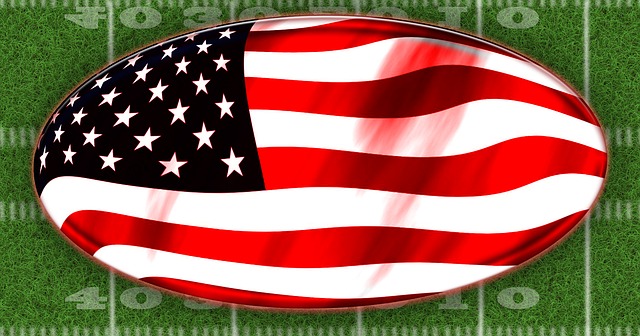Politics steps aside on Sunday, as Americans celebrate what is essentially a national holiday, of sorts. At 6:30pm tomorrow, February 5, the New England Patriots will play the Atlanta Falcons in Houston, TX in the 2017 Super Bowl. Over 110 million viewers will tune in to watch the game, the halftime show and, of course, the commercials. (Every year, that number keeps inching closer to the voter turnout.) However, for Patriots’ fans, there is a looming question: will Nate Ebner, the Special Teams player that suffered a concussion, a head injury, in the AFC championship be on the field?
On January 22, the AFC Championship was held, with the Patriots playing the Pittsburgh Steelers. It was a victory for the New England Patriots, but not for Ebner, who got a concussion. Since then, the status of Ebner has been unclear. Though the Patriots cancelled practice last Wednesday, the roster shows that Ebner would not have been a participant. On Thursday, January 25, Ebner also sat out. There are two weeks between the league championships and the Super Bowl, which some see as positive because it gives players an adequate amount of time to “recover” from any injuries. However, ten days after their win, on February 1, Ebner finally returned to practice, as a limited participant only.
As CBS notes, “Ebner is a fixture on special teams but nothing more.” Sure, Ebner wants a Super Bowl ring to accompany the Olympic ring he won in rugby six months ago and to accompany the Super Bowl ring he already has, but hopefully he and the team will put that aside. Ebner and the team need to take the long view. Maybe he is well enough to play again, but a player’s health and his future ability to help the team is more important than a ring. As the National Football League’s initiative states, “Play Smart. Play Safe.”
*** ”With more spotlight on [the] long-term effects [of concussions] to player health, the league instituted protocol to address the diagnosis and management of concussions [in 2009].” Concussion protocol involves checking for loss of consciousness, slowness in getting up, lack of motor coordination or balance problems, having a blank or vacant look, disorientation and the clutching of one’s head. Beyond that, there is Return-to-Participation Protocol.
Since instituting these protocols, the rules have been annually updated to add additional protections. For example, in 2015 rules were instituted, so that there are now medical spotters in the stadium who could, at any time, halt play and remove an injured player. In 2016, the most important secondary rule was instituted: punishing those who do not follow concussion protocol. Teams can now be fined $100,000 or more for not following the rule and, “if the commissioner determine(s) a team violated the protocol for a competitive advantage, the team could be required to forfeit a draft pick in addition to fines.”

